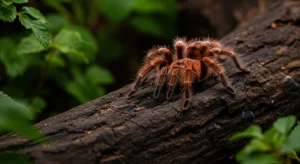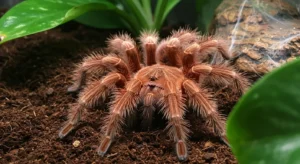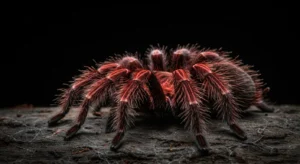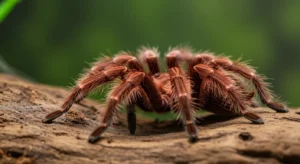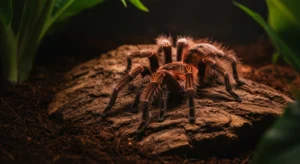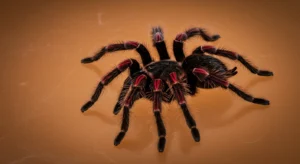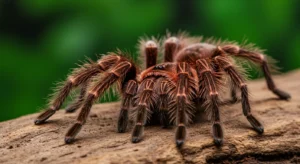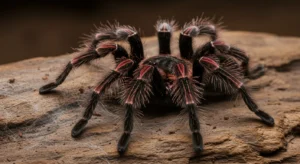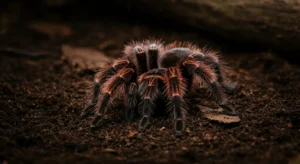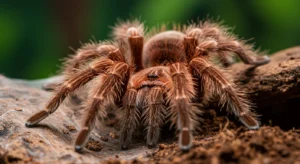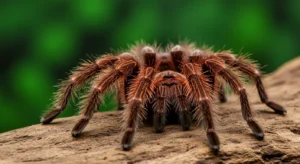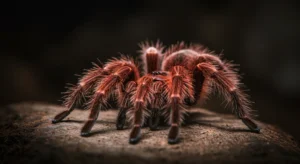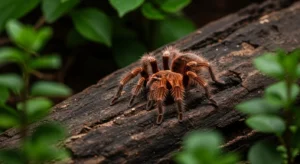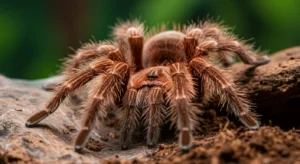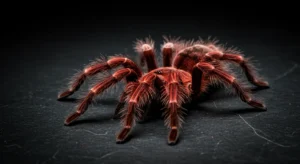What is the most placid tarantula?
For potential tarantula owners, especially beginners or those apprehensive about defensive behaviors, finding a “placid” or calm species is often a top priority. While temperament can vary significantly even within the same species, several genera and specific tarantulas consistently earn reputations for being among the most docile available in the hobby.
Defining “Placid” in Tarantulas
When discussing placid tarantulas, keepers generally refer to species that exhibit the following traits:
- Low tendency to bite: Resorts to biting only under extreme provocation.
- Reluctance to flee: Less likely to bolt unexpectedly when disturbed.
- Infrequent use of defense mechanisms: Less likely to flick urticating hairs (for New World species).
- Slow-moving: Generally deliberate and predictable movements.
- Tolerance of presence: Less stressed by nearby activity or enclosure maintenance.
It’s crucial to understand that “placid” does not mean “tame” or “handleable” without risk. All tarantulas can bite or defend themselves if they feel threatened.
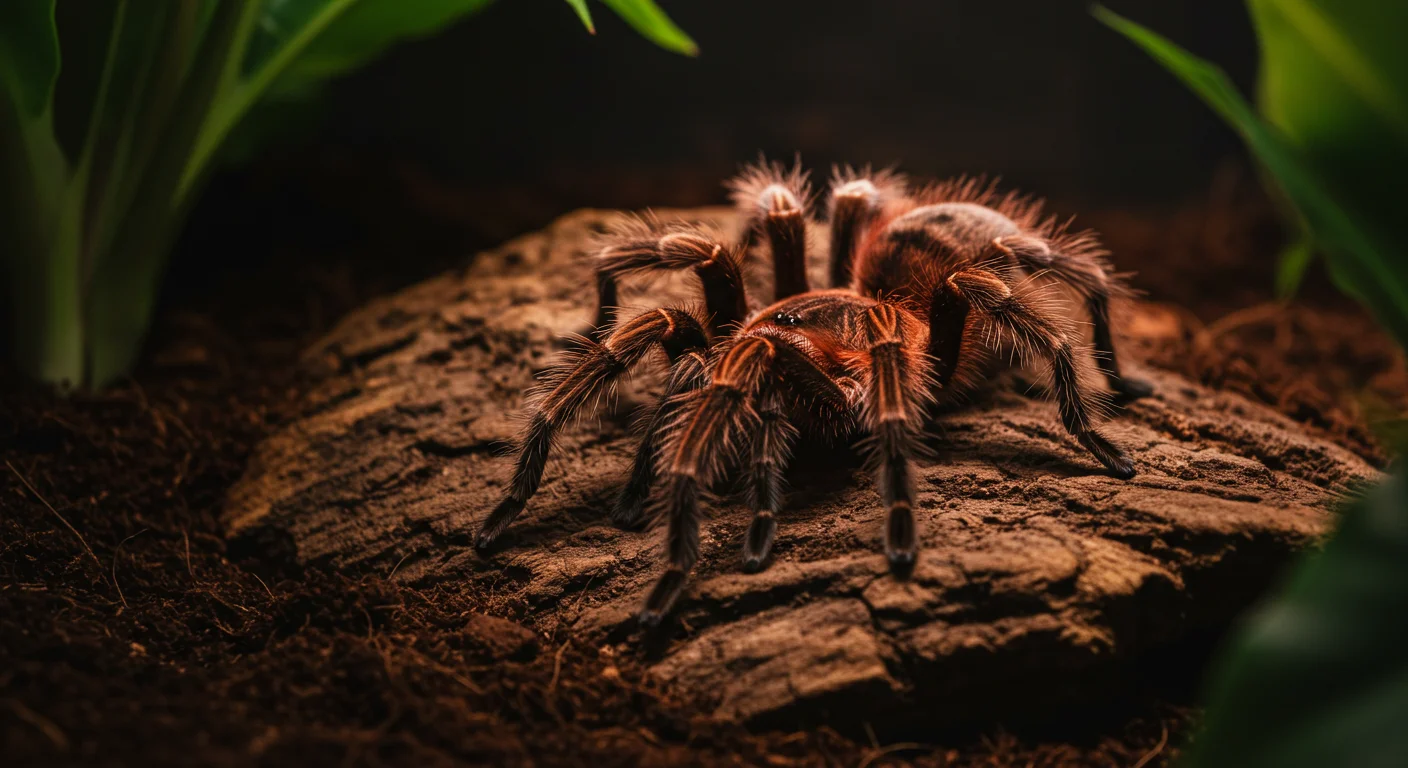
Top Contenders for Most Placid
No single species holds the undisputed title of “most placid,” but several are consistently ranked highly by experienced keepers. Many of the calmest tarantula species belong to New World genera known for their docility.
Grammostola Genus (Incl. Rose Hair)
This South American genus is famous for its generally calm members.
- Grammostola rosea/porteri (Chilean Rose): The classic example. Known for being slow, hardy, and typically very reluctant to bite or flick hairs. Their inactivity often contributes to their perception as extremely placid.
- Grammostola pulchra (Brazilian Black): Highly sought after for its jet-black coloration and exceptionally docile reputation. Many consider it one of the calmest species available, often even more so than the Chilean Rose.
- Grammostola pulchripes (Chaco Golden Knee): Larger than the Rose Hair, but generally known for a calm demeanor, though perhaps slightly more prone to flicking hairs than G. pulchra.
Aphonopelma Genus (North American Natives)
Many species native to the United States fall into this genus and are known for their docility.
- Aphonopelma chalcodes (Desert Blonde): Known for being very calm and slow-moving.
- Aphonopelma hentzi (Texas Tan): Another typically docile and hardy US native.
- Availability Note: Some Aphonopelma species can be harder to find in the trade or may grow very slowly.
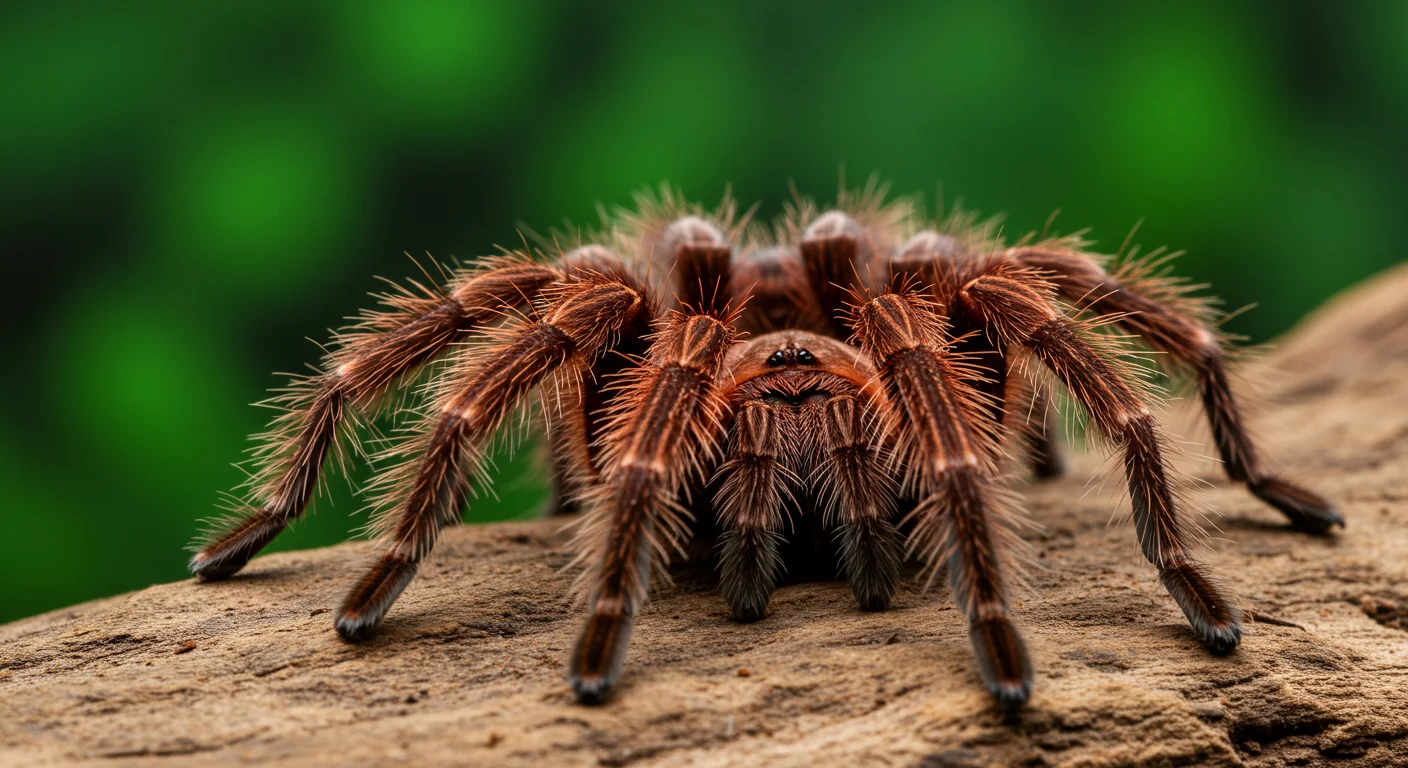
Brachypelma Genus (Mexican Species)
While perhaps slightly more prone to hair flicking than the calmest Grammostola or Aphonopelma species, many Brachypelma are still considered very manageable and placid.
- Brachypelma hamorii / smithi (Mexican Red Knee): Iconic, beautiful, and generally docile, though known to flick hairs readily if disturbed.
- Brachypelma boehmei (Mexican Fire Leg): Stunning appearance, similar temperament to the Red Knee – generally calm but will flick hairs.
- Brachypelma emilia (Mexican Red Leg): Often reported as one of the calmer Brachypelma species.
Important Considerations
- Individuality: Temperament is never guaranteed. You can find unusually defensive individuals within typically placid species, and vice-versa. Always judge the individual spider.
- Age and Sex: Spiderlings and juveniles might be more skittish than adults. Mature males might become more active and defensive while searching for mates.
- Environment: A stressed tarantula (due to improper housing, recent rehousing, or perceived threats) is more likely to act defensively, regardless of species reputation. Knowing about tarantulas with docile temperaments involves understanding their needs too.
- Handling: “Placid” does not equate to “safe to handle.” Handling stresses tarantulas and always carries risks (for both spider and handler). Observation is the best way to enjoy these animals.
Avoid Old World Species for Docility: Tarantulas from Africa and Asia (Old World) lack urticating hairs and often have more potent venom and defensive/aggressive temperaments. They are generally not recommended for beginners seeking a placid pet.
Conclusion: No Single “Most Placid”
While species like Grammostola pulchra, Grammostola rosea/porteri, and various Aphonopelma species consistently top the list for placid temperaments, there’s no single “most placid” tarantula guaranteed. Prospective owners should research species known for calmness but be prepared for individual variation and always prioritize respectful observation over handling.
